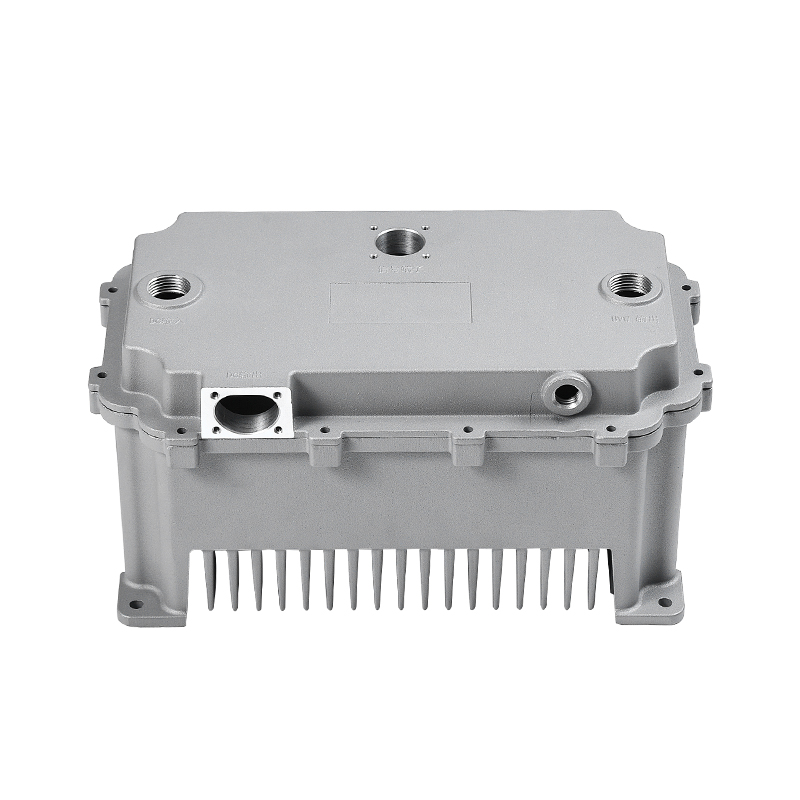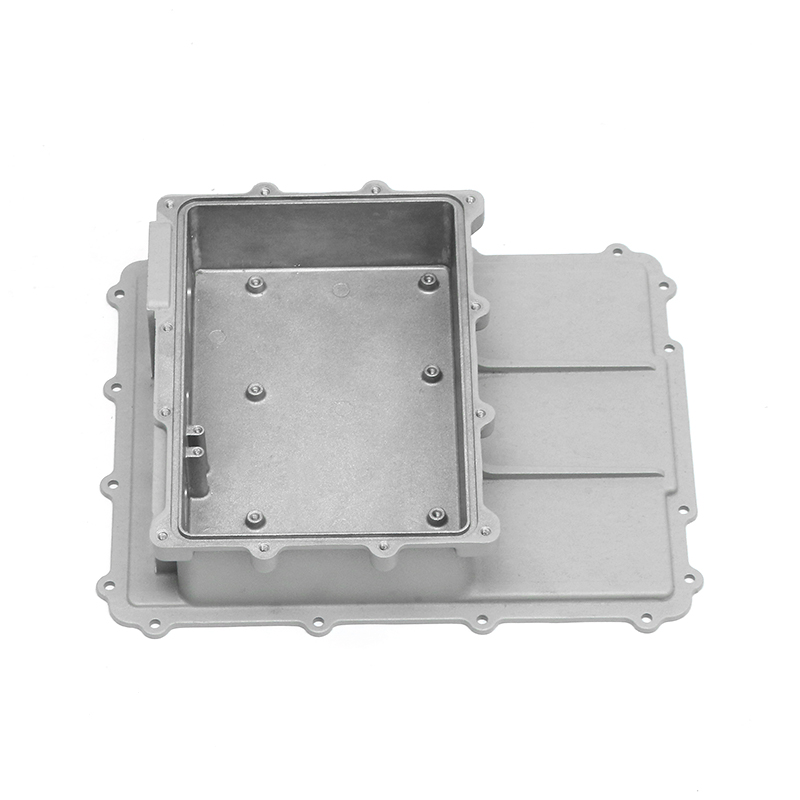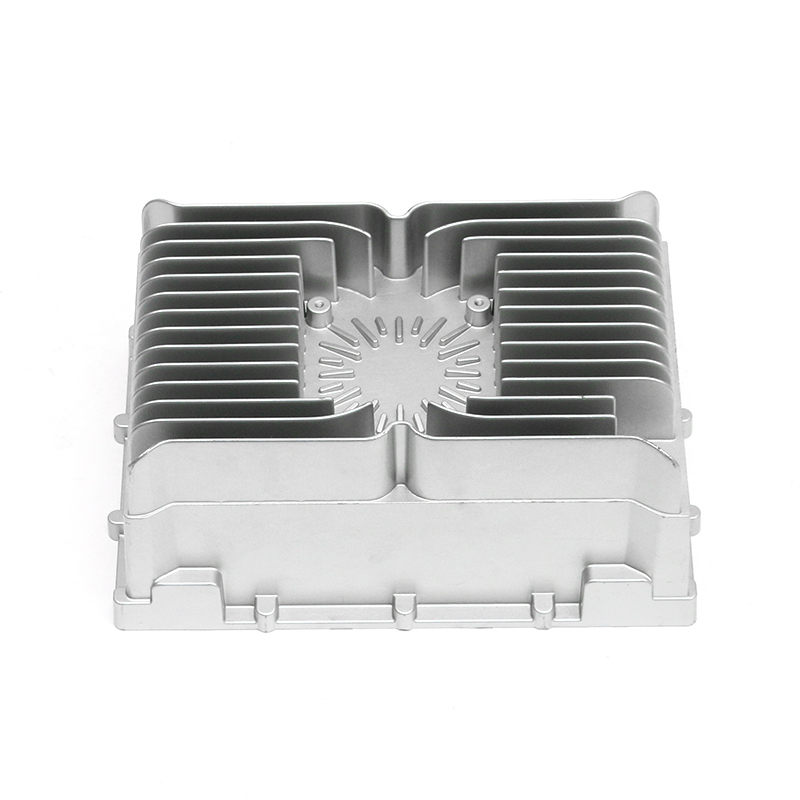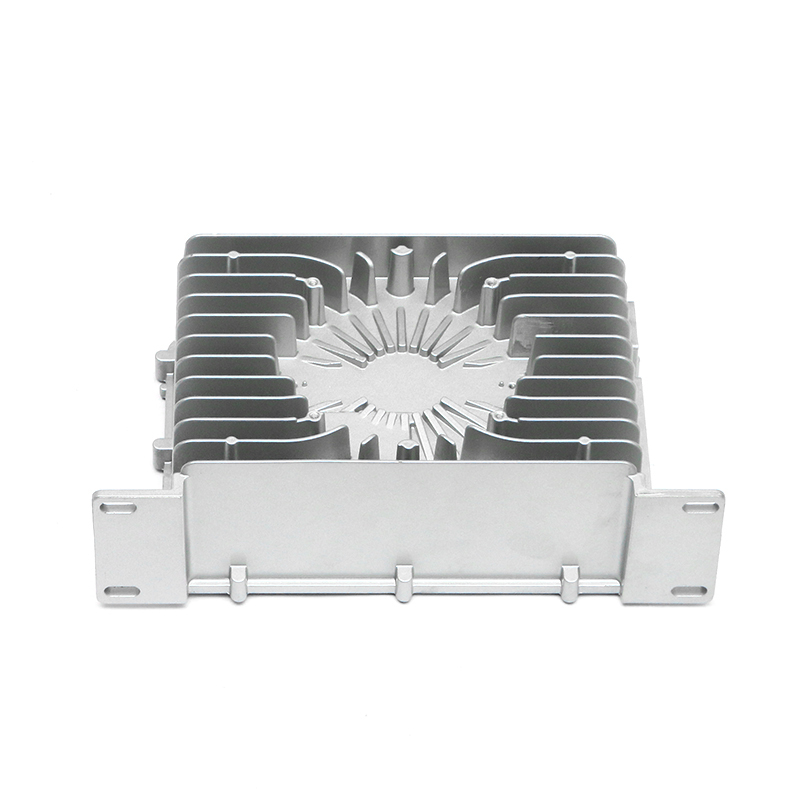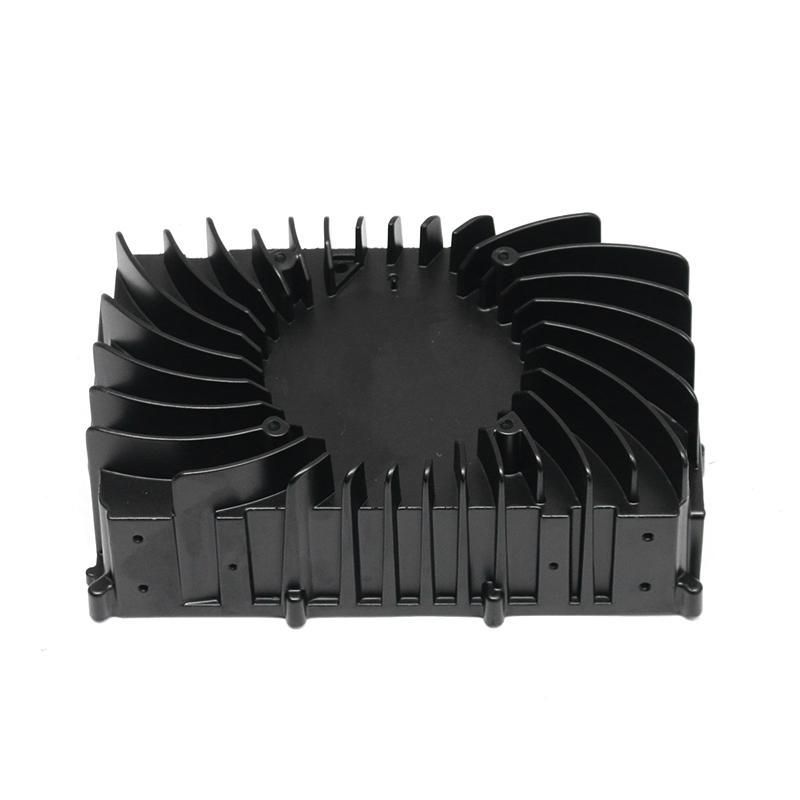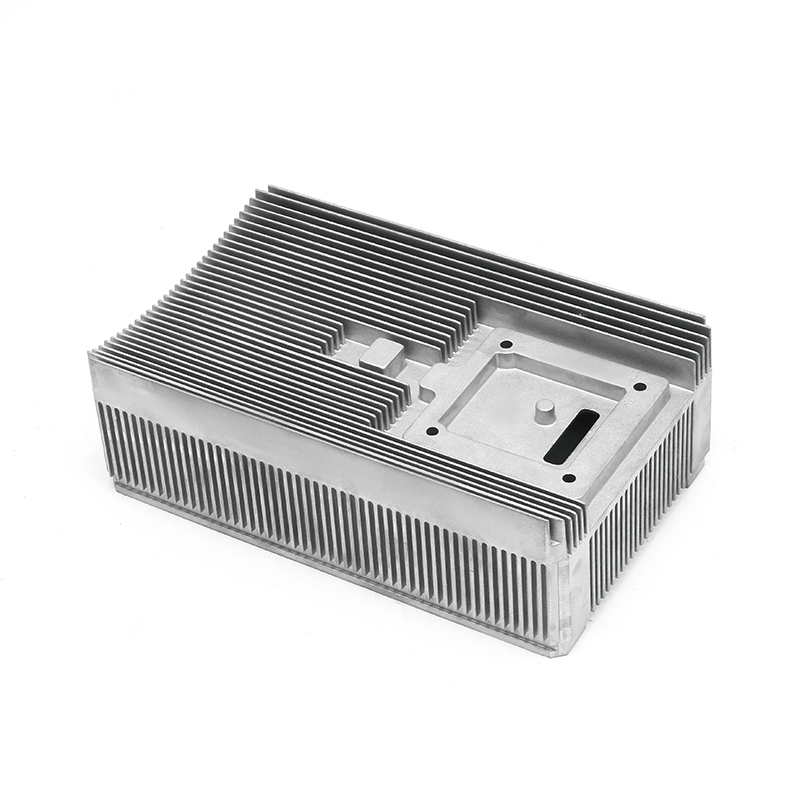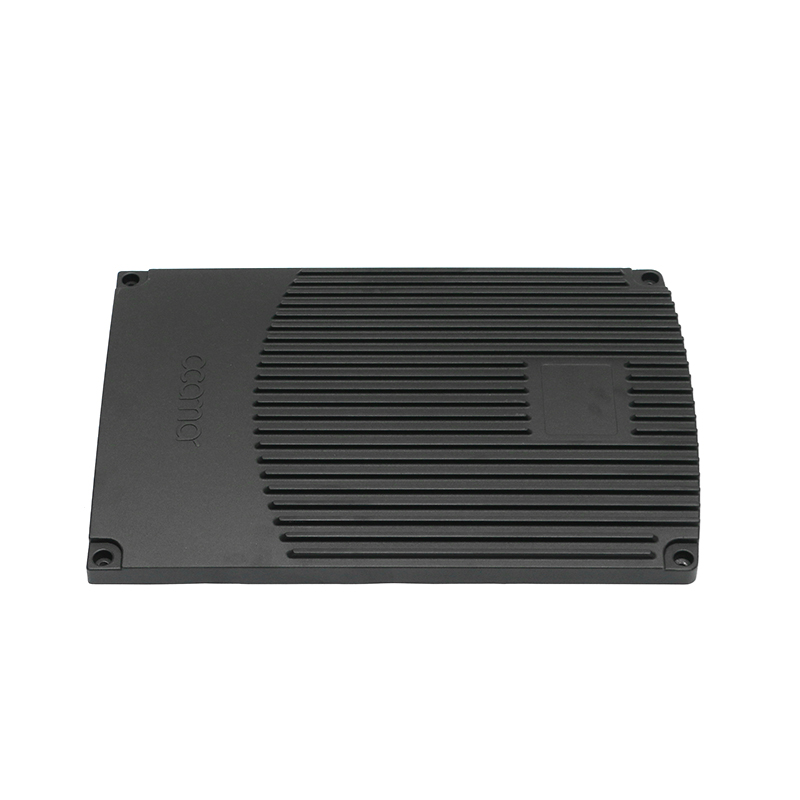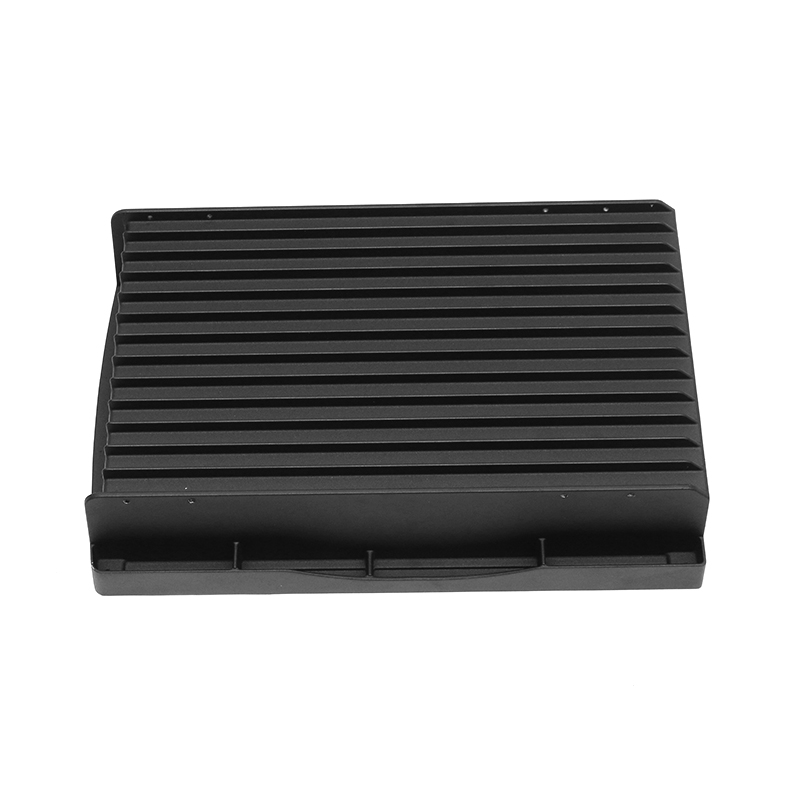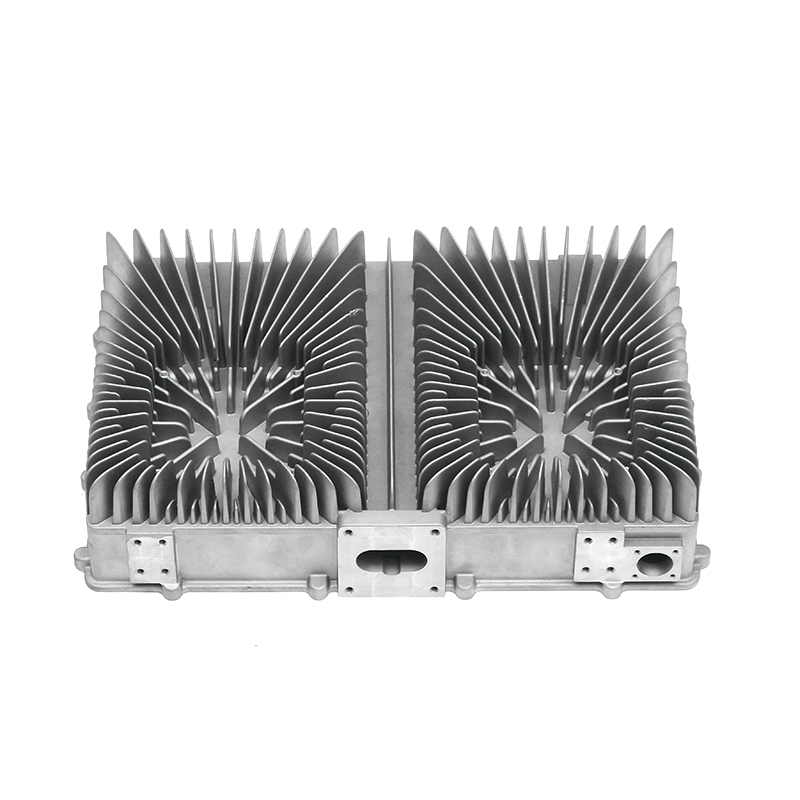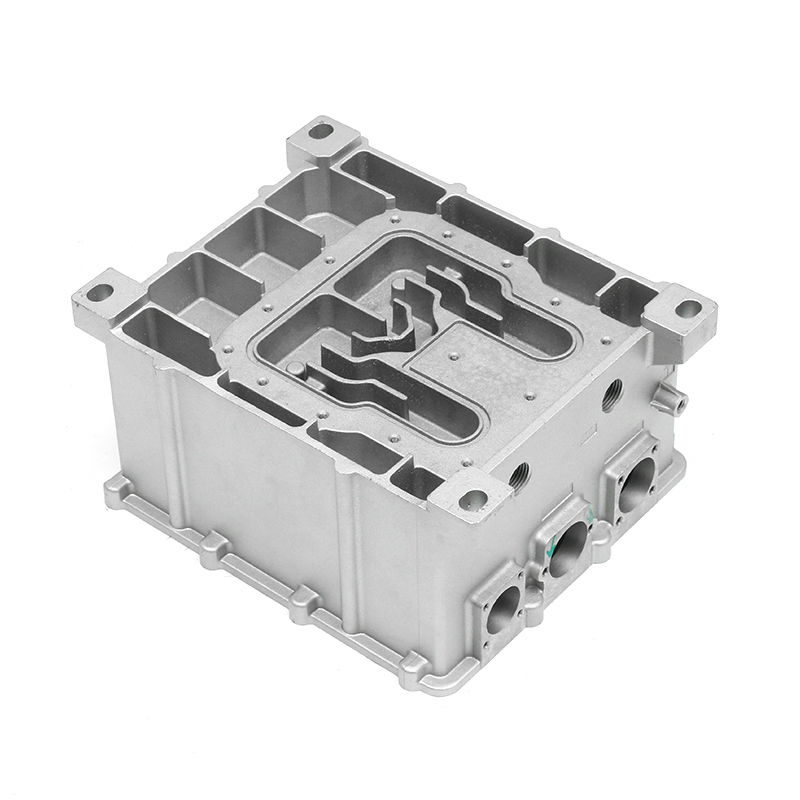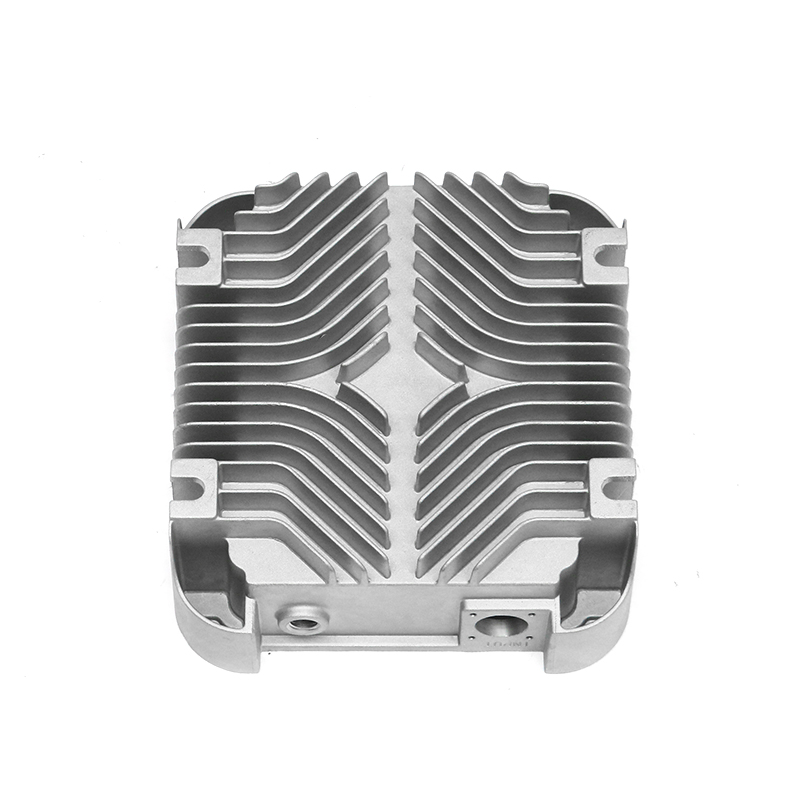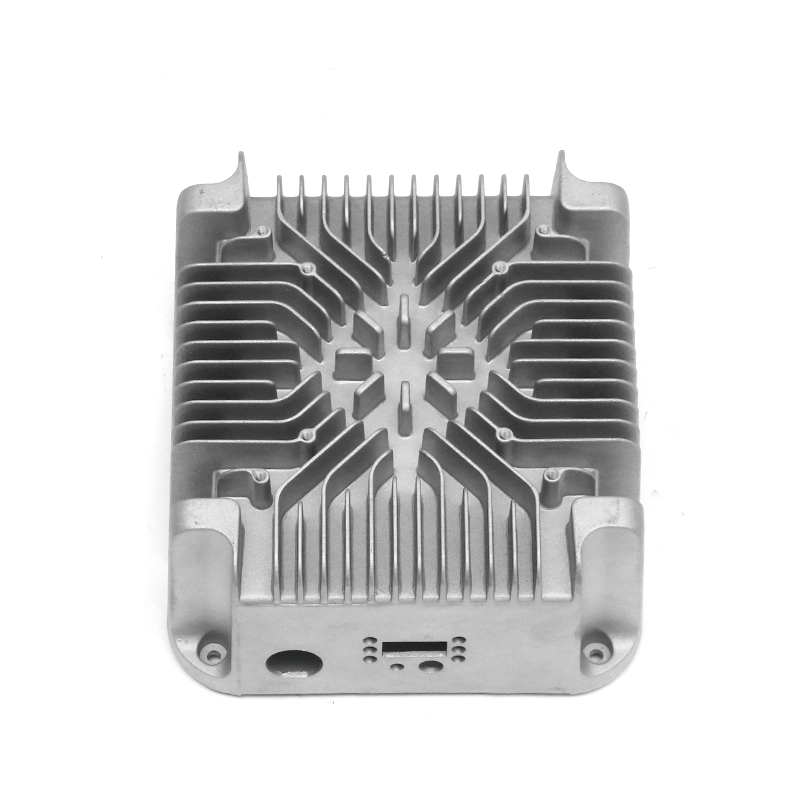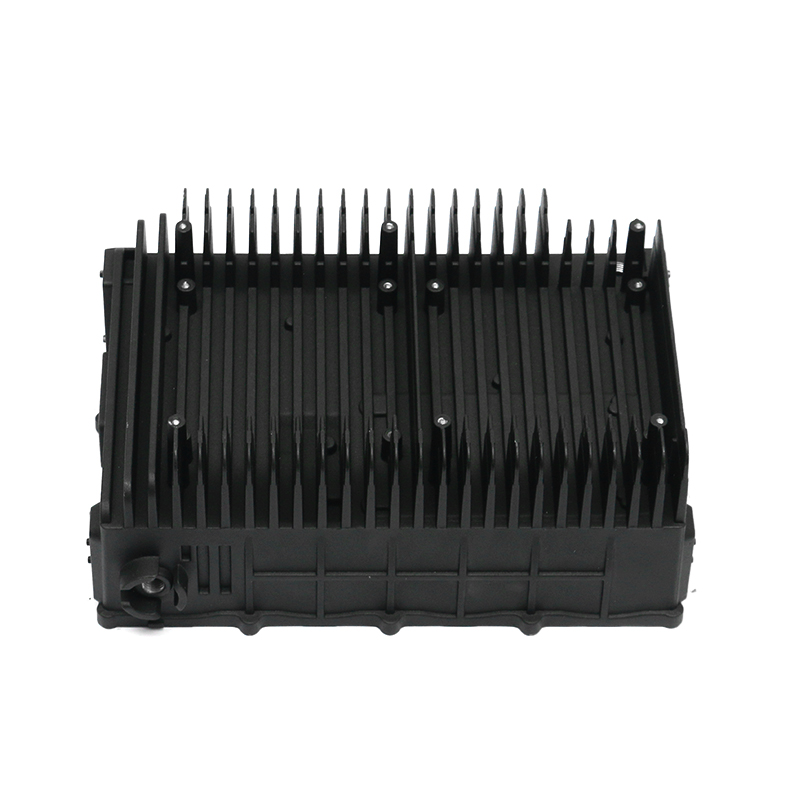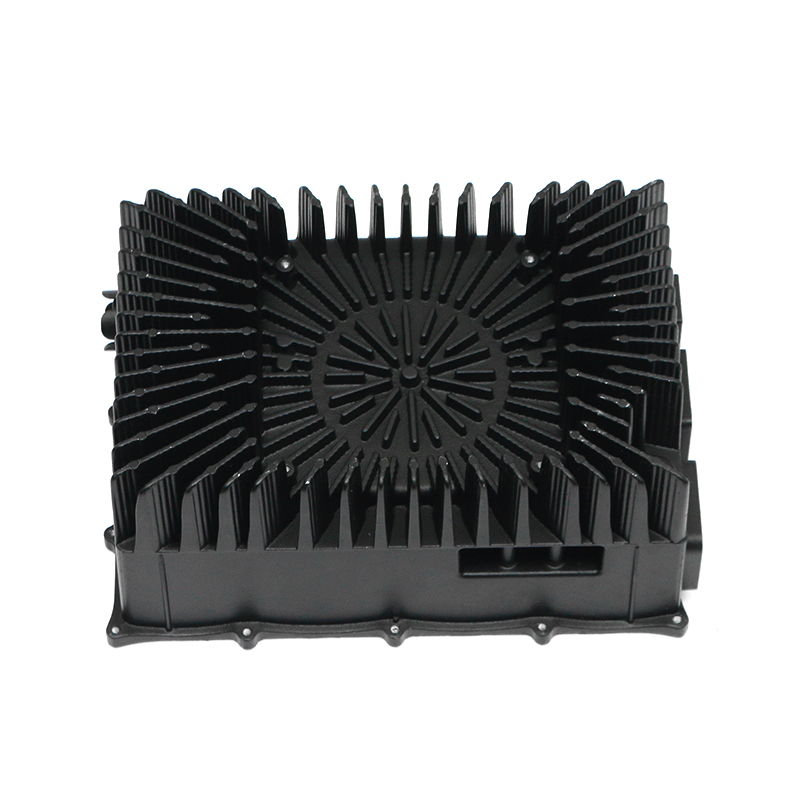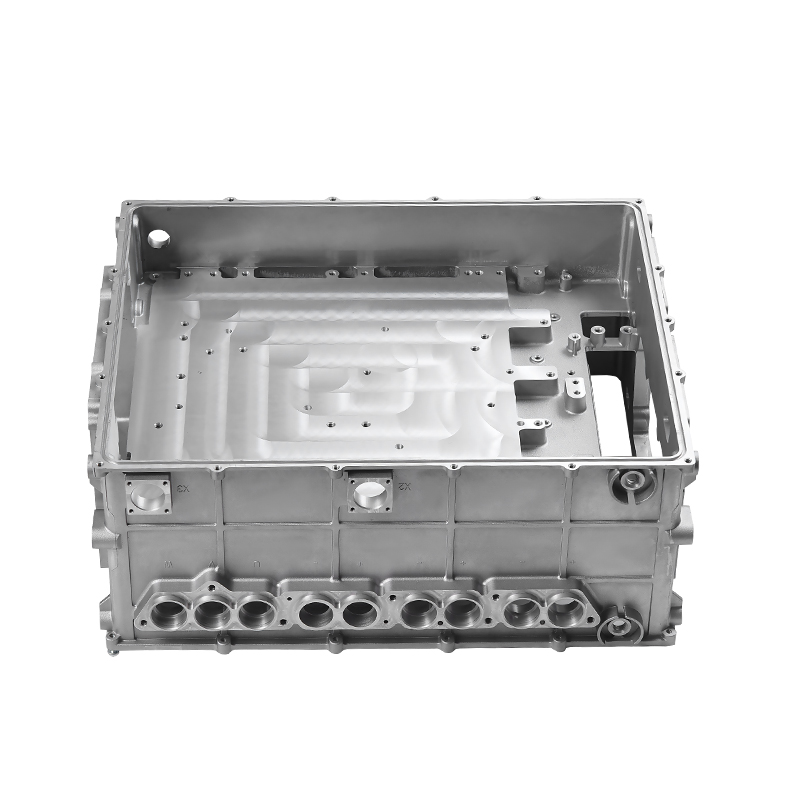In modern manufacturing, efficiency and stability are two indispensable goals in the production process, especially in the fields of metal stamping, automobile parts forming, home appliance sheet metal, etc., which put forward more stringent requirements on the continuous operation ability of molds. As one of the key tooling equipment, the performance of precision trimming molds in continuous production lines directly affects the beat control and output efficiency of the entire product chain.
The structure of precision trimming molds is usually precisely designed, combining multiple functional modules such as guiding, positioning, punching, and unloading to ensure that each trimming action can be completed accurately and quickly. Under high-beat conditions, the mold needs to withstand frequent load changes and motion shocks, which requires not only good mechanical strength of the mold itself, but also sufficient rigidity and durability. The mold manufacturing material usually uses alloy steel with high toughness and high wear resistance, and is strengthened by heat treatment to improve the service life and dimensional stability of the mold under long-term continuous work.
In order to adapt to high-frequency operations, the moving matching parts of the mold, such as guide pins, guide sleeves, sliders, etc., must also ensure smooth lubrication and precise matching to avoid excessive wear or gap changes that lead to a decrease in trimming accuracy. In addition, the unloading device must also have sufficient resilience and response speed to ensure that a complete trimming cycle is completed in a short time and leave enough space for the next workpiece. This efficient cycle capability is often an important technical foundation for high-beat automated production lines.
In practical applications, precision trimming molds are often used in conjunction with high-speed punching machines or automatic feeding systems to form a stable and controllable beat operation mode. In order to prevent thermal expansion, fatigue cracks or minor deformations caused by long-term continuous operation, thermal stress analysis and dynamic load simulation are incorporated into the mold at the beginning of the design. By simulating the force and vibration conditions of the mold at different frequencies, the manufacturer reinforces the structure of the vulnerable area or optimizes the material selection in advance, thereby improving the performance stability of the entire mold system in high-frequency operation.
In addition to the reliability of the hardware structure, the high-beat working mode also places high demands on the processing accuracy of the mold. Only when the accuracy of key parts such as the blade, trimming contour, and pressing surface is guaranteed, can the mold maintain consistent trimming quality during rapid operation. Minor deviations in details may cause the deviation of the finished product to expand after long-term repeated operation, and even cause problems such as equipment vibration and mold jamming. Therefore, during the processing and assembly process, the manufacturing tolerance of each set of precision trimming molds is strictly controlled to ensure that they can still perform stably under high-speed operation.
In order to extend the service life of the mold in a high-frequency environment, some companies will also apply a wear-resistant coating on the mold surface, or regularly arrange maintenance cycles to reduce the risk of downtime by grinding and replacing wearing parts. In addition, some intelligent mold systems are also equipped with sensors to monitor mold temperature, impact times or wear, and remind users to perform maintenance intervention before reaching the set threshold to avoid sudden failures affecting the production rhythm.
Recommended Products
Products provided by famous enterprises are deeply trusted by users.
